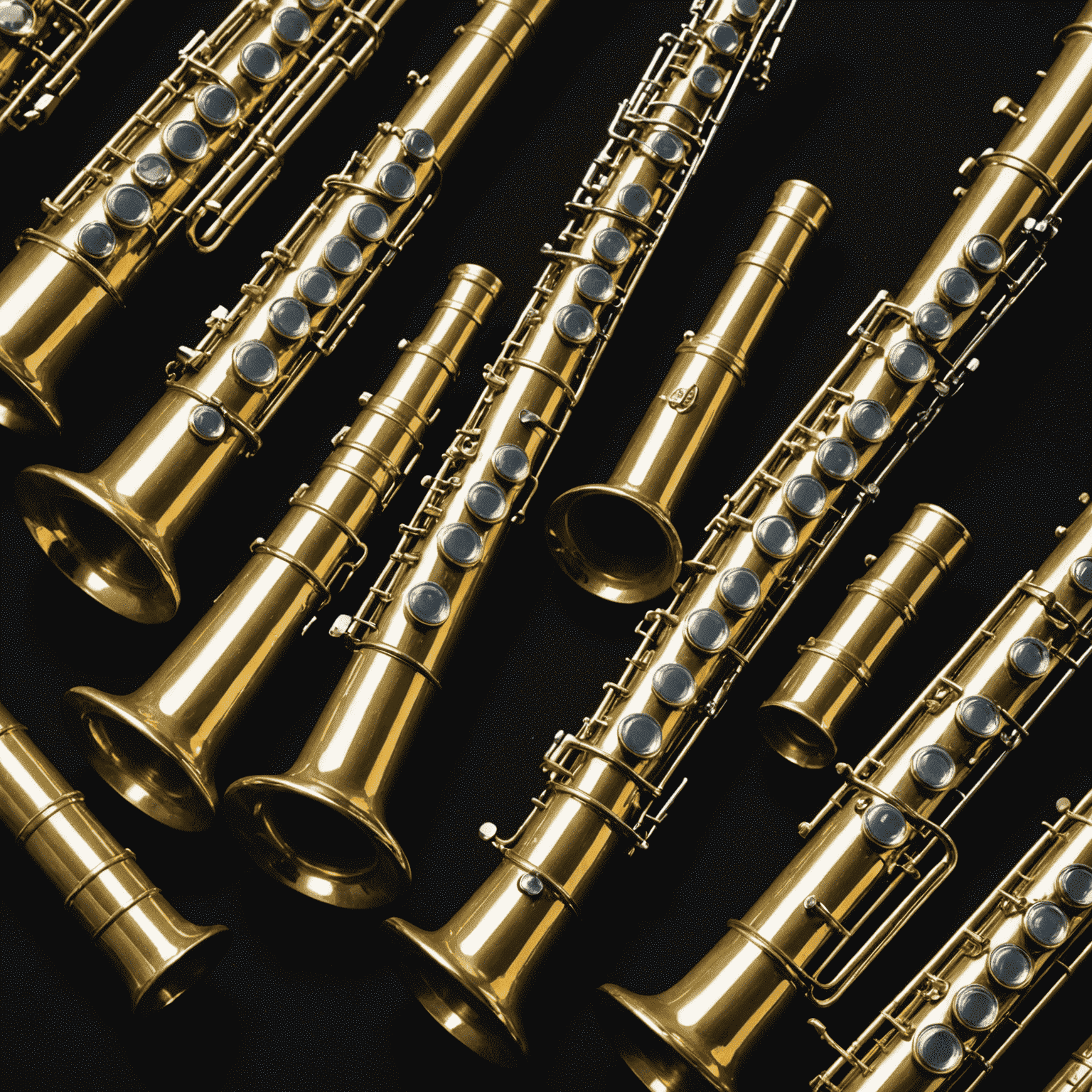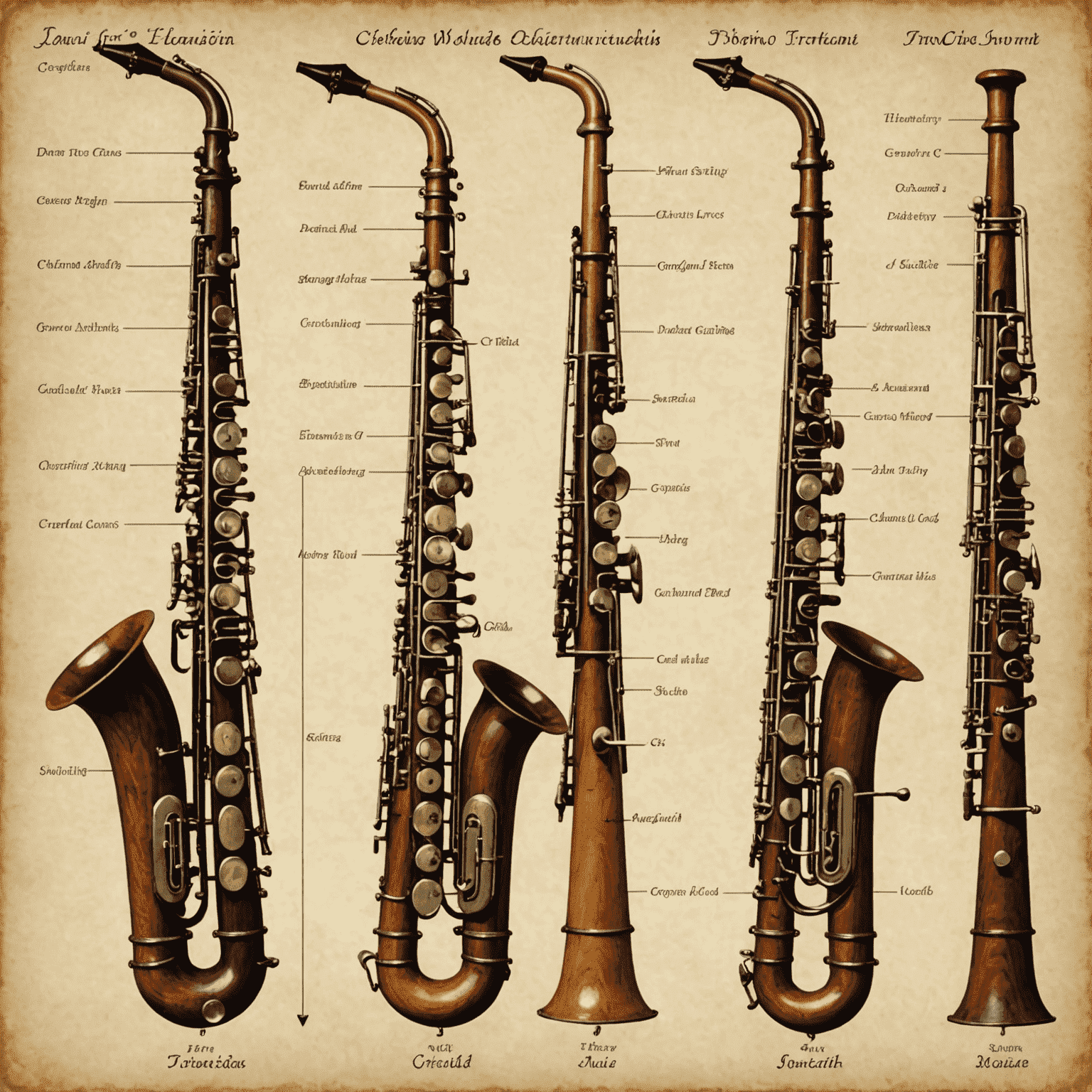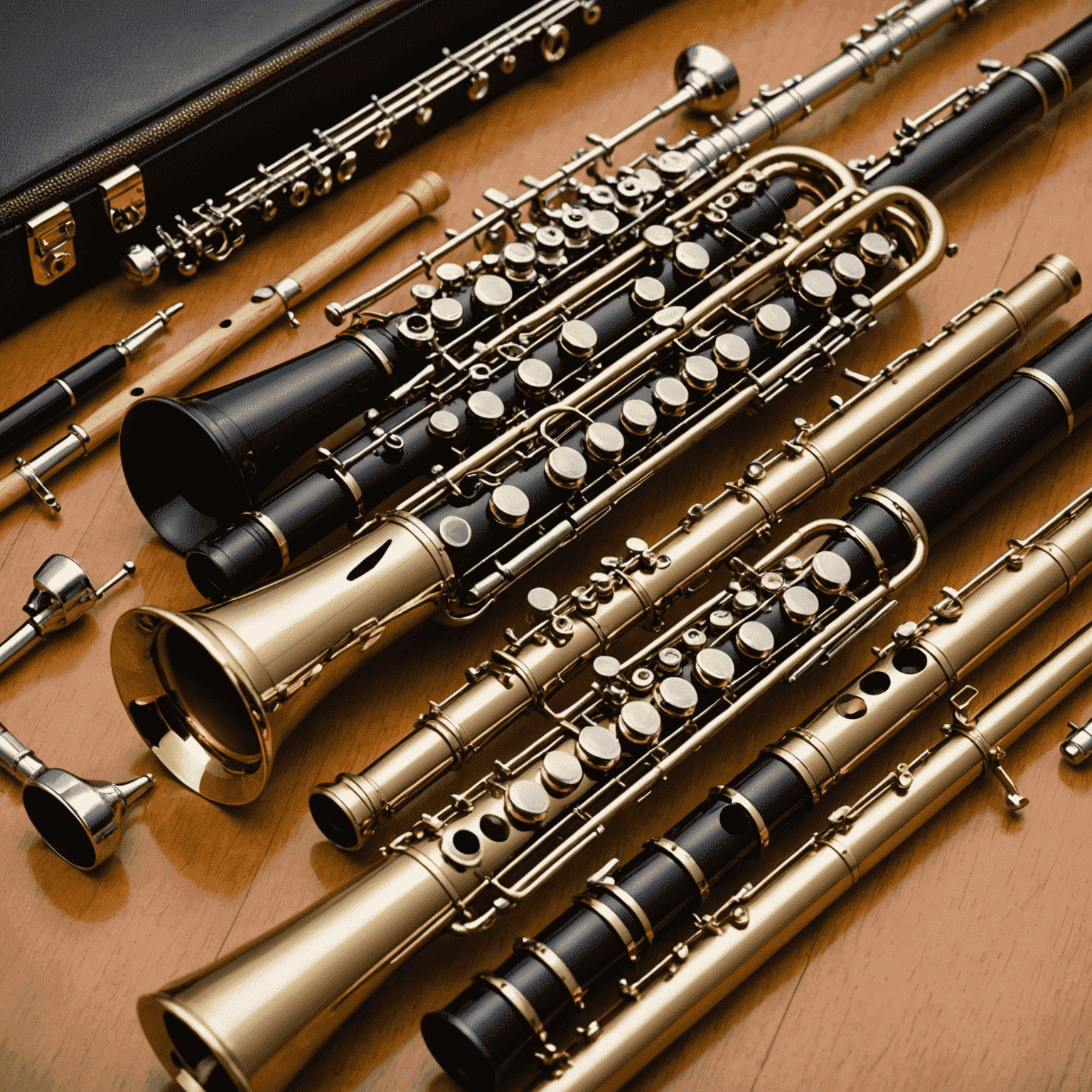Pitch Correction Techniques
Master these tips and tricks to correct common pitch issues in woodwind playing and enhance your musical performance.
1. Proper Breath Support
Maintaining consistent breath support is crucial for pitch control. Practice diaphragmatic breathing exercises to improve your air control and stability.

2. Embouchure Adjustment
Fine-tune your embouchure to correct pitch. For sharp notes, relax your embouchure slightly. For flat notes, firm up your embouchure and increase air speed.

3. Smart Fingering Techniques
Utilize alternative fingerings to adjust pitch. Learn and practice these smart fingering techniques to fine-tune problematic notes on your instrument.

4. Instrument Warm-up
Properly warm up your instrument before playing. This helps stabilize the pitch and ensures consistent tuning throughout your performance.

5. Use of Tuning Aids
Incorporate smart tuning tools into your practice routine. Electronic tuners and pitch correction apps can help you identify and correct pitch issues more effectively.

6. Regular Ear Training
Develop your ear for pitch recognition. Practice interval training and pitch matching exercises to improve your ability to hear and correct pitch discrepancies.

Pro Tip:
Remember, consistent practice with these pitch correction techniques is key to improving your overall woodwind performance. Use smart tools for woodwind tuning to enhance your practice sessions and achieve better pitch control.